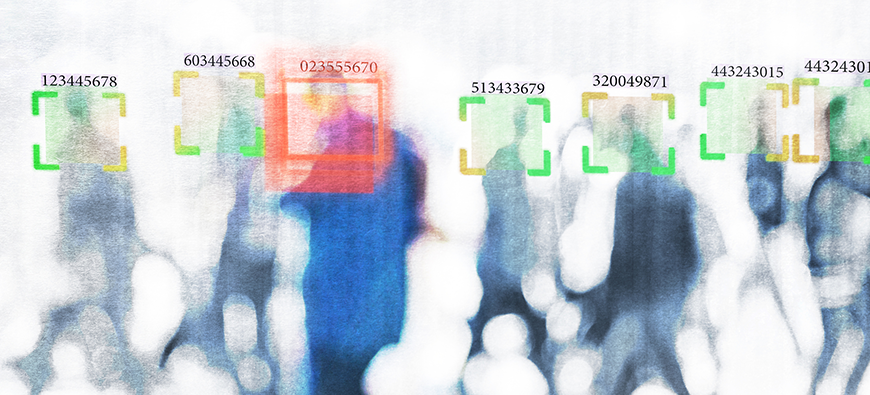
Using Data Platforms to See Customers
Brought to you by Amperity

Customers leave behind valuable breadcrumbs about their interests, needs and intentions across their financial lives.
What’s their current financial health? Are they shopping for a new credit card? Even: Are they considering switching to a competitor?
Unfortunately, this wealth of insights is more-than-likely locked away across a series of legacy, on-site systems, stuck in siloed data warehouses and generally difficult to access due to antiquated reporting systems. Understanding and acting on customer signals has become more important in recent months as customers seek financial partners that understand their unique needs. What does it take for a bank to unlock this treasure trove of data and insights? More often than not, a customer data platform (or CDP) can help banks take an important step in making this a reality and craft a 360-degree view of their customers.
I spoke with Brian Knollenberg, vice president of digital marketing and analytics at Tukwila, Washington-based BECU, about his recent experience of setting up a CDP for one of the country’s largest credit unions in the country.
The Need for CDP
When Knollenberg joined the $22 billion credit union, he saw that creating a marketing performance dashboard using slow-batch processing across multiple systems took 12 manual hours to produce. As a result, the data stakeholders needed to make key decisions was a week out of date by the time they received it – much less take action on it.
This speed-to-value lag wasn’t limited to just marketing dashboards; it was just one example teams encountered when trying to access timely customer data across legacy systems. His team recognized that the organization needed current data, individualized for each customer, to make timely decisions. They also needed a way to easily syndicate this across critical customer and stakeholder touchpoints.
Knollenberg also recognized his team’s expertise was better suited to modifying processes rather than building a robust enterprise-grade tool that could ingest and process terabytes of data in near-real time. He needed a solution to transform this data hindrance into an asset, and looked for a partner with direct experience in tackling these challenges to streamline implementation.
CDP Benefits
Implementing a CDP has extended the BECU team’s ability to tackle more difficult data challenges. This included building out performance dashboards that update every 24 hours, personalized customer communications and the ability to modeling member financial health.
This last use case empowers BECU to aggregate a score based on behaviors, transactions, and trends to identify which members could benefit from proactive outreach or help. He said financial health scoring has been extremely helpful during the coronavirus pandemic to identify potential recipients of proactive outreach and assistance. Having this information readily available enables marketing, customer service and even product teams to create bespoke experiences for their members and make informed business decisions – like offering a lower rate card to a member showing large carried balances with an outside card provider.
Lessons Learned
Before tackling any new data program, Knollenberg recommends companies first identify the overall effort versus impact. He finds that while companies often invest ample time and effort into developing comprehensive strategy and goals, they often miss when planning for the execution realities to properly implement them. Spend time scaling up your bank’s execution capabilities, determine how you’ll realistically measure potential impact and test-drive product solutions via a robust proof of concept.
The best financial brands know that putting their customers first will result in returns. Building out a customer data platform for your bank can unlock powerful new insights and opportunities to engage with your customers, if done right. As you start on this journey, make sure to identify what specific use cases are most impactful for your business, and find the right software partner that will work with you to execute it properly. Once unlocked, your bank will be able to service customers at a truly personalized level and drive a greater share of wallet.


